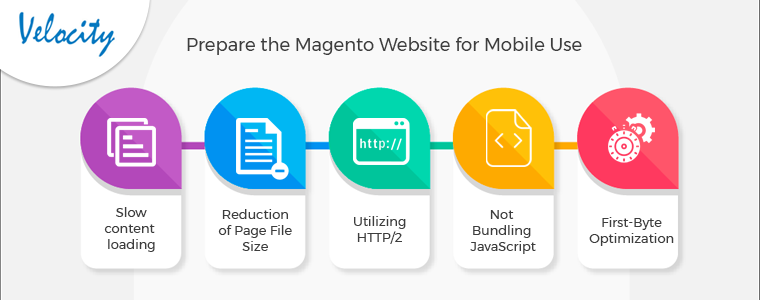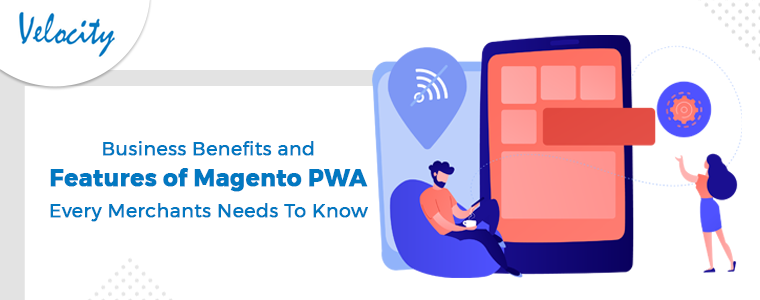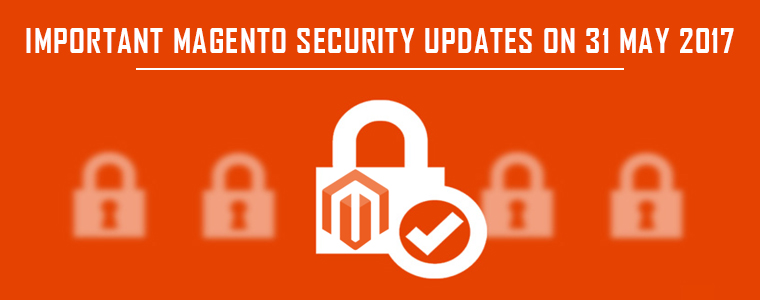Magento is a top-notch eCommerce platform that will make it easy for you to create your online stores. Magento is used by as much as 12% of all online businesses worldwide. However, improving your Magento checkout rate requires more effort than simply hitting the “publish” button next to your most recent product. It can be a little depressing to see a zero on your checkout counter, and that is quite understandable.
However, it just means that you can improve from there. To do that, we’ve developed a list of Magento optimization recommendations that can boost checkout page conversions. Let’s begin straight away!
Utilize Static Content
Magento websites with checkout pages have static resources. Due to the sluggish loading speed caused by this, shoppers may decide not to buy the items in their shopping basket.
A standard Magento 2 site must load more than 300 JavaScript files, totaling over 3 MB. Magento checkout pages must load more slowly than usual because caching is not possible.
Despite being a fantastic platform, Magento 2’s automated JS bundling isn’t ideal for the majority of use cases. A robust Content Delivery Network and manual creation of an Advanced JavaScript Bundling are both recommended.
Optimize Magento’s Loading Time
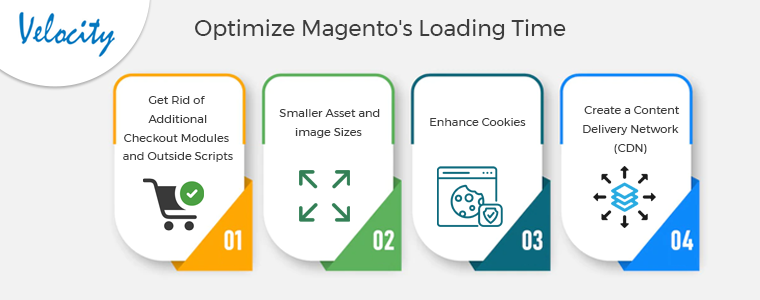
Slow load times are one of the most common causes of high bounce rates on websites, particularly e-commerce sites. The problem with load time is that it affects more than just your Magento 2 checkout—it affects every part of your website.
90% of visitors will leave a website if it takes longer than five seconds to load, according to a Google study. A few straightforward actions you may do to hasten the loading of your checkout page:
➔ Get rid of additional checkout modules and outside scripts.
➔ Smaller asset and image sizes
➔ Enhance cookies
➔ Create a content delivery network (CDN)
Furthermore, websites that load more rapidly do better in Google’s search engine results. With their Core Web Vitals system, which measures user experience through load speed
Streamline the Checkout Process
According to a Forrester study, a well-designed user experience can increase conversion rates by up to 400%. Another way to increase the conversion rate is to reduce the distance between clicks to the checkout page.
Fewer checkout processes suggest a straightforward user experience design. Having as few clicks as possible between the main page, product page, and checkout page is the ideal way to construct your website.
The user experience improves from the checkout page only requiring a minimal number of clicks. The elimination of unnecessary pages that stand between your product and the checkout page is in line with this goal.
Eliminate Extraneous Assets from the Checkout Page
Your Magento 2 one-page checkout page should only be used to assist clients in completing their purchases. Consider eliminating any third-party extensions you support from the checkout page if you have any.
For graphics and branding, having assets like full-size product images, artwork, or beautiful animated GIFs is a terrific idea. However, adding them to your checkout page slows down your page’s load time more than it helps. Extra assets will slow down page loads, thus the bother is simply not worth it.
Prepare the Magento Website for Mobile Use
Up to 80% of smartphone users have bought anything online using their handsets in the past six months. The simplest way to lose any potential business development is to not optimize your Magento 2 store for mobile.
It’s one thing to design your website to be mobile-responsive; quite another to maintain the same performance. You must perform some Magneto optimization for mobile in addition to optimizing your website’s user interface for mobile.
- Slow content loading
- Reduction of page file size
- Utilizing HTTP/2
- Not bundling JavaScript
- First-byte optimization
Make One-Click Checkout Available
Implementing Magento 2’s one-page checkout is a simple method to improve customer experience. Using third-party Magento extensions, such as one-step checkout for Magento 2, you may speed up and simplify the Magento 2 checkout process.
The amount of time it takes for your server to load pages can be greatly increased by clicking between the payment page and your Magento 2 one-page checkout. But more importantly, it prolongs the wait times for customers who may otherwise have excellent intentions, which could make them lose interest.
Offer Different Modes of Payment
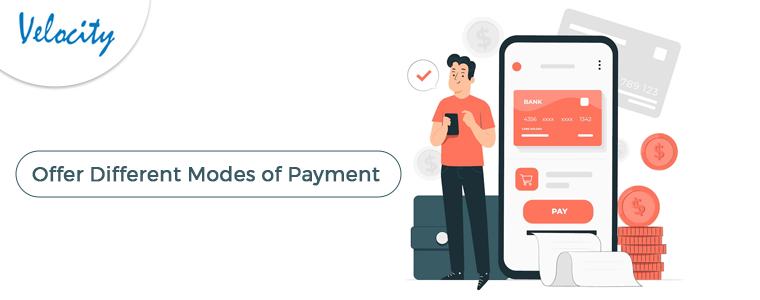
It’s not necessary to limit your choice of payment methods if you use Magento 2’s one-step checkout. Up to 29.8% of online purchases make use of digital checkout methods like Apple Pay and PayPal. The fact that the majority of secure payment gateways today enable digital wallets is also beneficial. Therefore, adding these alternatives shouldn’t be too challenging.
The preferred payment methods of your customers must still be taken into consideration. This might help you focus on the techniques you can remove from your website. Removing unused payment methods will also significantly reduce the load on your servers.
Display Trusted Certificates and Social Proof
It could be challenging to persuade new clients to buy from you if your site is still expanding. You might try using social proof, like consumer feedback and ratings, to increase trust in you and your products in order to address this problem.
You may also incorporate customer ratings from independent websites like TrustPilot and Google Maps into your websites if you operate an offline business. Although it can be challenging to earn your initial reviews, you should never use fraudulent reviews as they may result in legal repercussions.
Optimize Cookies
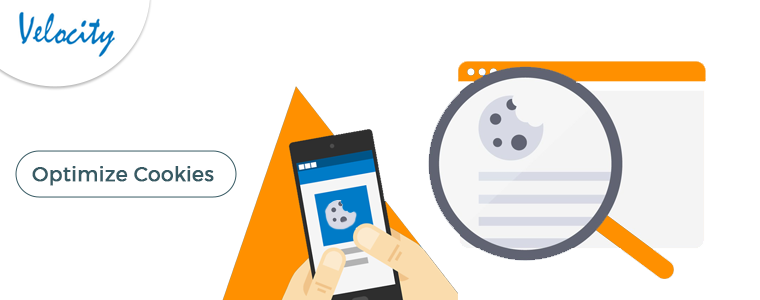
Because cookies are little files that don’t significantly affect performance, website owners frequently ignore cookie optimization. However, as more people visit and return to your website, the size of the cookies may increase.
Customers’ experiences can be improved by using data on their buying habits, recently seen products, and preferred categories. Additional customizations like reward points can aid in retaining customers.
Offer Discount Codes
Promo codes are one of the few effective strategies for encouraging customers to complete transactions. Promo codes are not only simple to use, but they are also quite effective in bringing in new clients and retaining old ones by providing a first-rate shopping experience.
Even if they had no intention of buying a product at a discount, up to 30% of customers will use promo codes to make the transaction. Additionally, people with access to promotional codes spend 24% more than those without. Since 81% of online customers say they enjoy receiving sales and other discount offers, you may also advertise your promo codes through email marketing.
Conclusion
Increase the conversion rate of your story, there is no universally applicable approach. Depending on the potential audience, a website must have a particular consumer persona along with a unique way of prioritizing initiatives. To practically any form of Magento store you have, you can still use the tips we’ve compiled here. The effectiveness of the outcomes will primarily depend on your overall marketing plans and the caliber of your products, but using these suggestions will help you get there more quickly.

